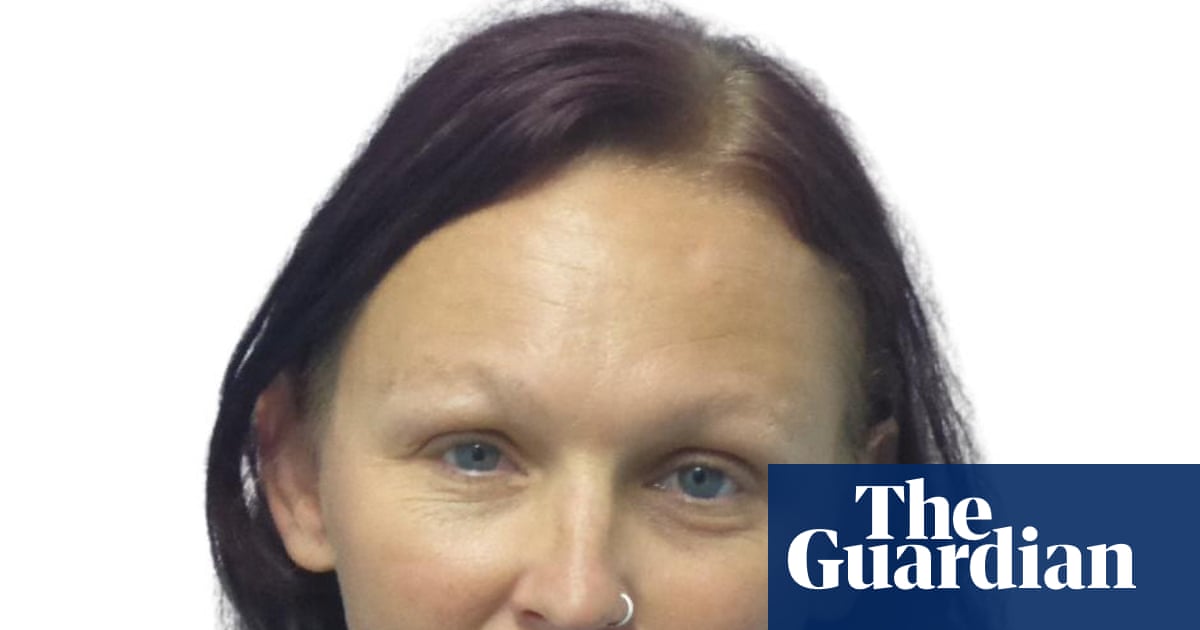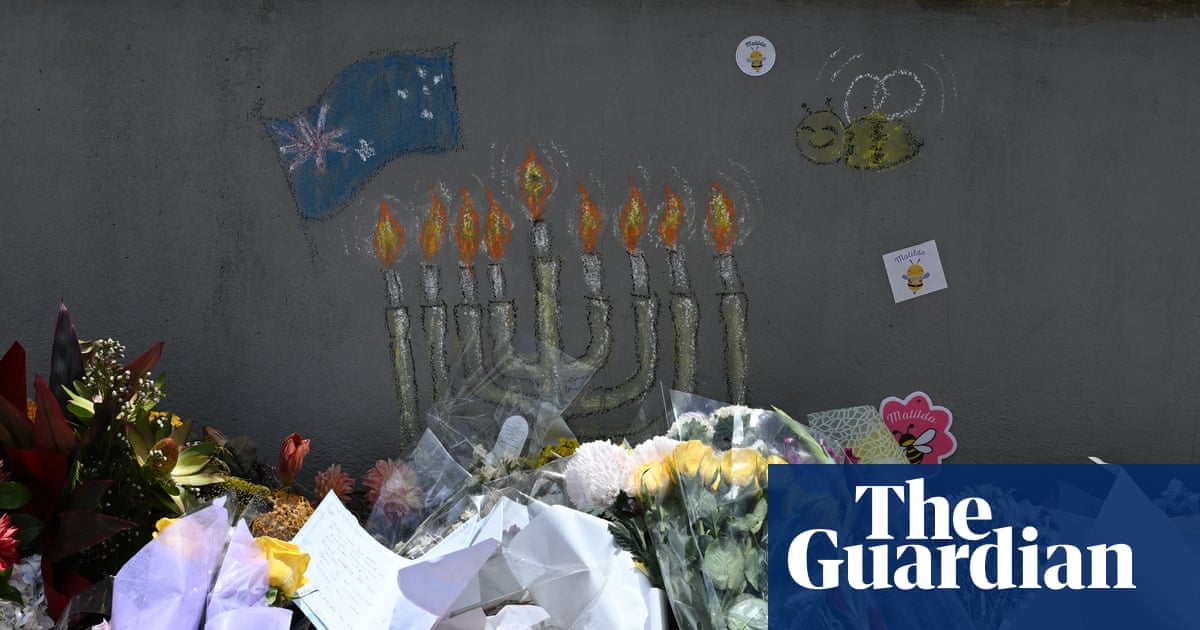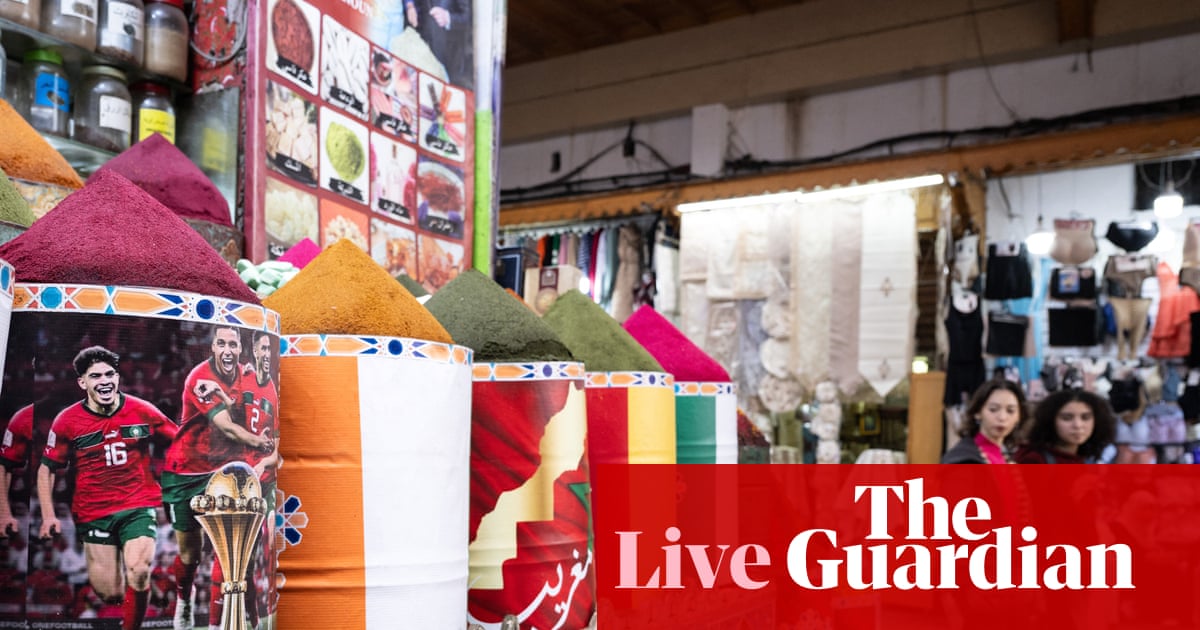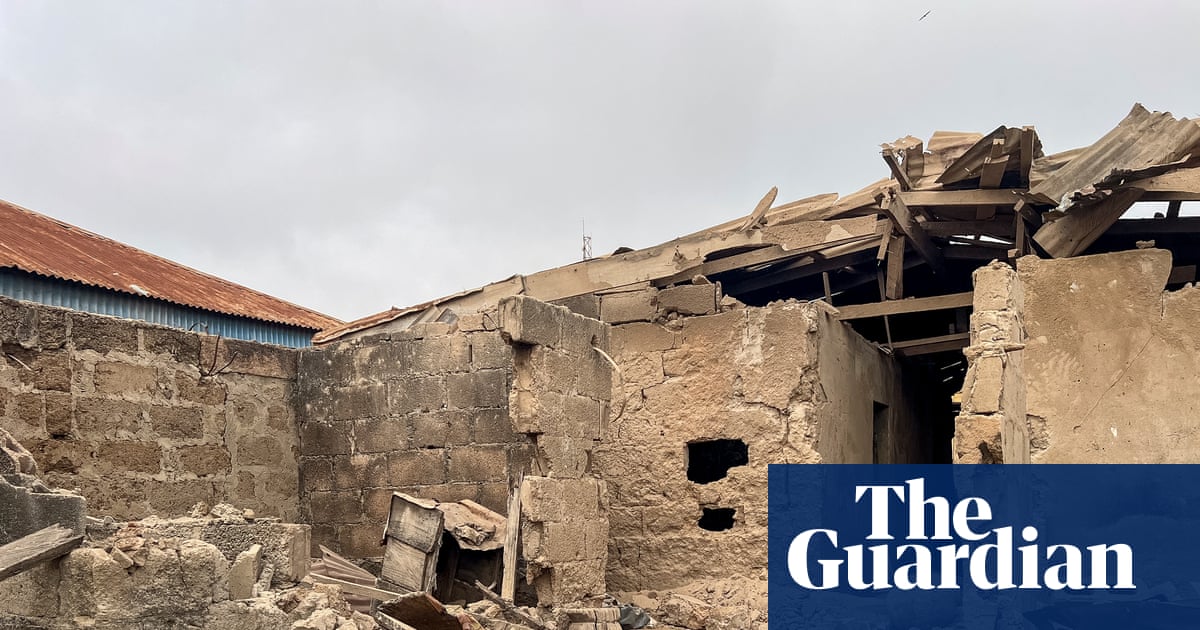You could probably walk right past Culture House without noticing it. Tucked away, just off the bustle of London’s Uxbridge Road, the building’s muted colours, simple sign and arched doorway give little away. Step inside, though, and you’ll soon be enticed by what is the UK’s first permanent exhibition and cultural space dedicated to Somali heritage.
Officially opened last May, Culture House features a collection of over 150 artefacts, a rotating exhibition, poetry workshops and a digital archive. It has quickly developed a reputation as a hub for the UK’s Somali community, while drawing in curious visitors from outside the diaspora too. Non-profit group the Anti-Tribalism Movement, who lead the project, say the aim is to “celebrate, preserve and connect” Somali culture and communities.
“We want the space to feel very open for people – be they Somali or non-Somali,” says Intisar Yusuf, the project’s operations director. “Culture House is about British-Somali identity – what did we bring over with us? What is meaningful to us?”
Visitors can explore artefacts grouped into three themes: Spiritual Echoes, Threads of Daily Life and Crafting for the Individual. Items on display include hand-carved combs, wooden headrests, camel bells and incense burners, each labelled with its place of origin and details of how it might be used in nomadic communities. The main room features a striking exhibition of portraits of Somali locals with their favourite cultural objects, captured by Nimbles Archive. Other rooms are dedicated to temporary exhibitions, which the team plan to use as a platform for emerging local creatives.
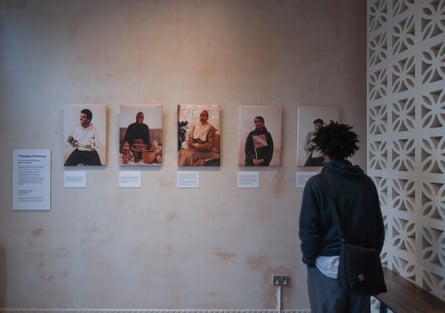
The permanent collection emerged organically from over 15 years of community donations. “They were just sitting in boxes and suitcases in people’s homes,” Intisar recalls. “Many people in the community realised that if we don’t preserve these objects now, we risk losing them altogether.”
After a small trial exhibition at the International Somali awards in 2016, another project by ATM, the team saw the impact such items could have. “People were emotional when they saw an old photo or old spoon and had conversations about their memories,” says deputy director Abdirashid Fidow. “That’s when we realised how powerful this heritage is and how deeply people wanted to have a space where those stories could live.”
With support from Drakon Heritage and Conservation, the team developed their collections policy and built curatorial skills, working towards museum standards.
The building itself – once a fire station and later a storage unit – has been redesigned in collaboration with architecture studio Freehaus, known for the Africa Centre in Southwark. Traditional Somali design elements were integrated throughout – including geometric wall ventilation features inspired by Somali architecture and lampshades modelled after hand-woven baskets found in homes across the Horn.
“We wanted people to feel like they were stepping into a Somali cultural space, as if you’re stepping back home,” says Intisar. “We don’t want to be visible in a textbook, but in a place that people can visit and connect with.”
The team say that the community response has been “overwhelmingly positive”, with visitors asking for “a bigger space, more artefacts, and more events”.
“With our capacity, it has proven to be difficult. But it’s a good problem to have – it just shows how needed a space like Culture House is,” says learning officer Abeer Ali.
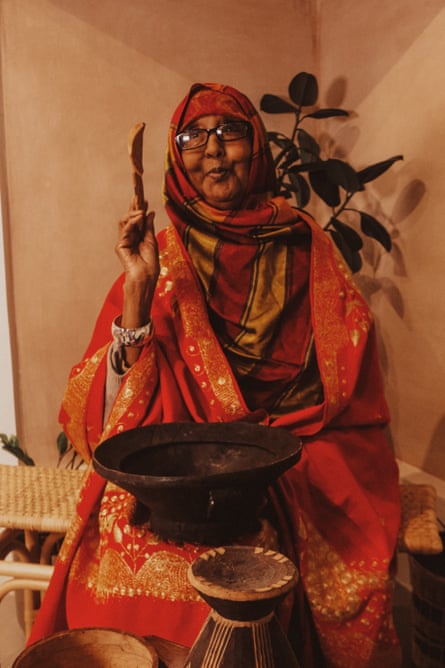
Among those moved by the space was Mama Asha, a respected elder in the local community and long-time visitor of ATM, who donated several artefacts. “She was emotional – not because of any single object,” says Fidow, “but because for the first time, she saw a cultural space that existed beyond her own house.” He recalls her saying: “I never thought I would see a Somali cultural object in London. I thought this would disappear in people’s memories – seeing this gives me hope.”
The exhibition has also become a powerful educational space for younger generations. Many British Somalis, who feel disconnected from their roots, have found the space helpful in rebuilding that relationship.
Intisar shares one mother’s experience: “She was in her 30s, and her kids were quite young. She told me, ‘Today we’re having a Somali day – I’m taking them to eat Somali food and visiting Culture House.’ They were dressed in traditional Somali clothes. She said she didn’t even know half the words herself, but the Culture House gave her a way to teach her kids – and learn alongside them.”
Among the local artists featured in the first temporary exhibition is Najma Elmi, whose work Signs of Allah explores themes of Islam, travel and identity. For Elmi, having her debut exhibition in Culture House was especially meaningful. “It felt like the perfect fit,” she says. “To have my work shown in a space frequented by Somalis – young and old – was very special. My private opening night was the first time many of my aunties and uncles attended an exhibition – they were delighted to see our culture preserved in London.”
The team is also building relationships with larger institutions like the British Museum and Powell-Cotton Museum to negotiate the loan of Somali artefacts currently held in their collections.
“There are lots of collectors that brought back objects from Somalia during the colonial period, so the wording and experiences of some of the objects is very colonial,” Intisar explains. “We want to build a bridge so that we can give the real stories and experiences behind how these objects were used. We want to choose how to present ourselves to a wider platform.”
That wider platform includes plans for talks, open mics and book panels – for everyone, not just Somali artists. This September it will join the Open House festival, a city-wide event inviting the public to explore London’s architecture and community spaces. The team hopes it will draw in a wider, more diverse audience and not exist solely as a place for Somali people. The choice of the seemingly ambiguous name was intentional, they say: “We want the space to be open to all.”

 3 months ago
66
3 months ago
66

